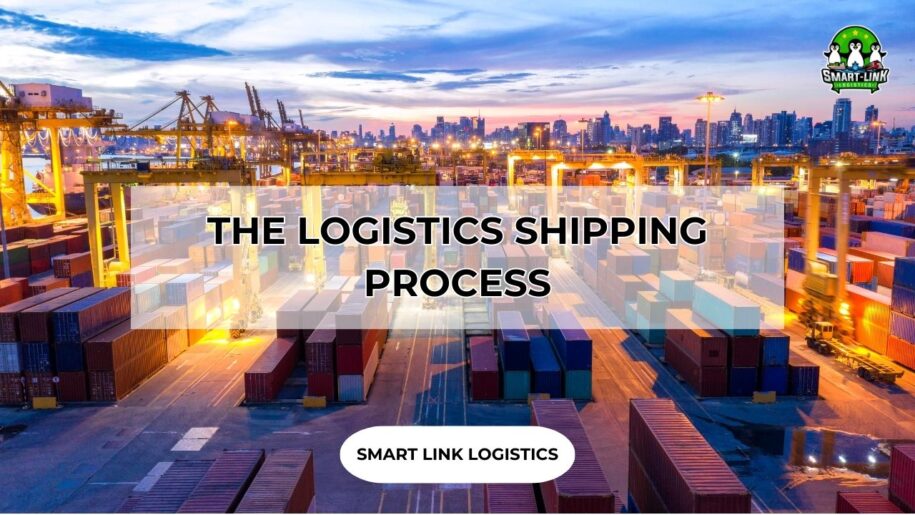
THE LOGISTICS SHIPPING PROCESS
Navigating the complexities of the shipping process is essential for a successful supply chain and overall business performance. A well-structured and efficient shipping process can significantly enhance a company’s supply chain management, providing a competitive edge. Let’s learn about the logistics shipping process in the article below!

1. What does the shipping process involve?
Shipping, the transportation of goods from a company to the consumer, is a critical component of the value chain. Without a proper structure and management system, shipping can negatively impact business success. It encompasses a series of individual steps involving both internal and external interfaces.
2. Shipping variables
Several factors influence the choice of shipping method, including:
- Delivery Time
- Shipping Costs
- Mode of Shipment
- Domestic or International Shipping
3. Common shipping methods
In both the e-commerce and corporate sectors, popular shipping methods include:
- Same Day Delivery
- International Shipping
- Express Shipping
- Next Day Delivery
4. Stages of the shipping process
In e-commerce, the shipping process comprises three main stages: receiving, processing, and fulfilling orders. These stages impact how efficiently and accurately an order is prepared and delivered to the customer.
Stage 1: Order Receiving
When an order is placed on an e-commerce store, the company must ensure sufficient inventory to fulfill it. This involves close coordination with the manufacturer to purchase and receive inventory at a warehouse or sending products to a fulfillment center if working with a third-party logistics (3PL) provider. An order management system can streamline this process and track inventory across the supply chain.
Stage 2: Order Processing
Order processing involves verifying order data for accuracy and ensuring related items are in stock. Automation often speeds up this step, allowing customers to receive real-time notifications about their order status and processing progress.
Stage 3: Order Fulfillment
Order fulfillment begins once an order is processed, involving the picking and packing of items for shipment. E-commerce companies can choose from various fulfillment options, including self-fulfillment, drop shipping, or outsourcing to a 3PL. Outsourcing is popular as 3PLs handle the entire fulfillment process, potentially reducing costs associated with fulfillment and inventory management.
5. Participants in the shipping process
When a 3PL is involved, more entities participate in the shipping process compared to direct shipping to consumers.
- The Shipper: The individual or company responsible for preparing the order for shipment. This could be the freight forwarders or the brand itself.
- The Carrier: Ensures the safe delivery of the order to the customer. Real-time order tracking provides customers with updates and estimated delivery times.
- 3PL: Manages both inbound and outbound logistics, overseeing the shipping process from a fulfillment center. 3PLs often negotiate better shipping rates, reducing costs for both the company and the customer. They also manage orders in real-time, keeping customers informed about the status and delivery estimation.
By understanding and effectively managing these components, businesses can optimize their shipping processes, improve customer satisfaction, and enhance overall supply chain efficiency.
Hotline: + 84 903 354 157 to know more about our services

If you require assistance with international import and export of goods, please contact our team at Smartlink Logistics. We are available to provide you with professional guidance on our services and the necessary customs procedures.
SMART LINK: BEST SERVICE BEST YOU


































